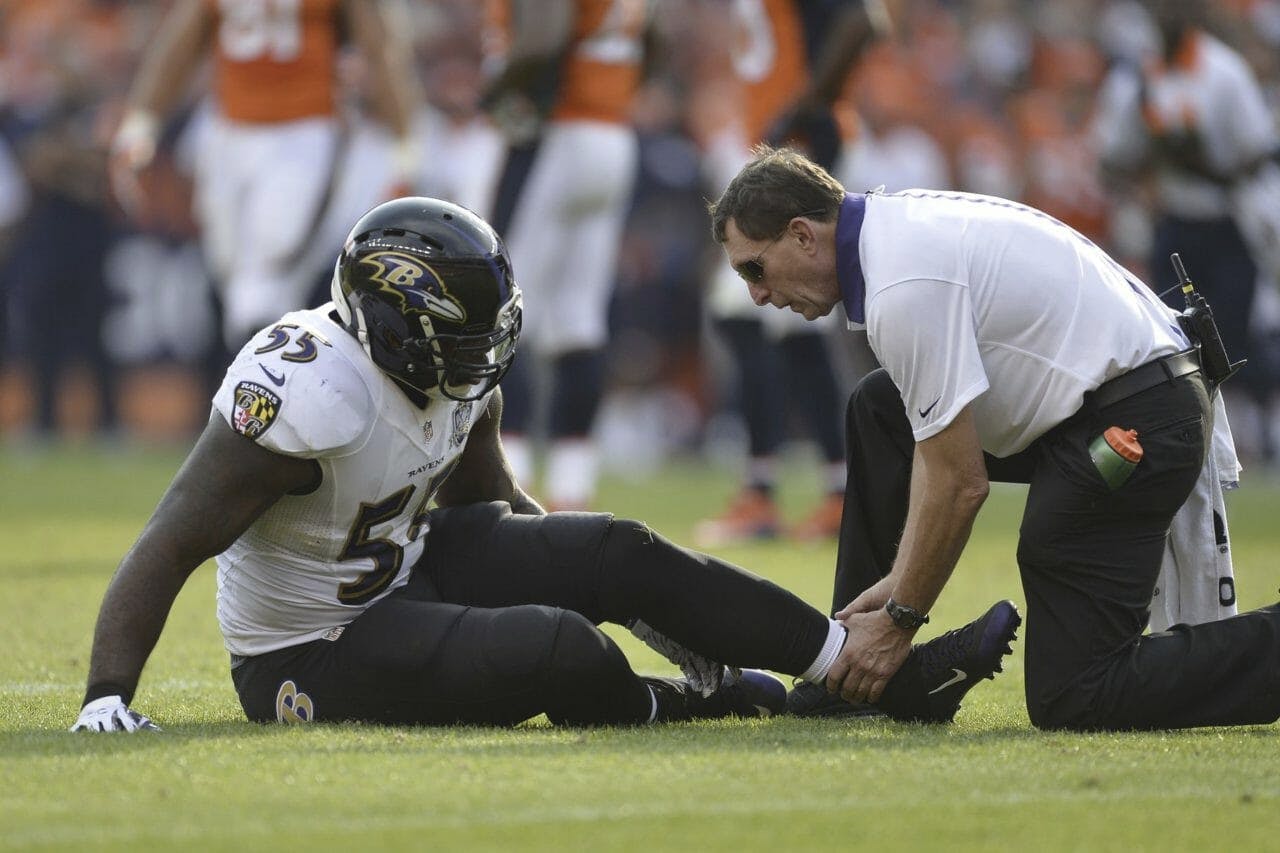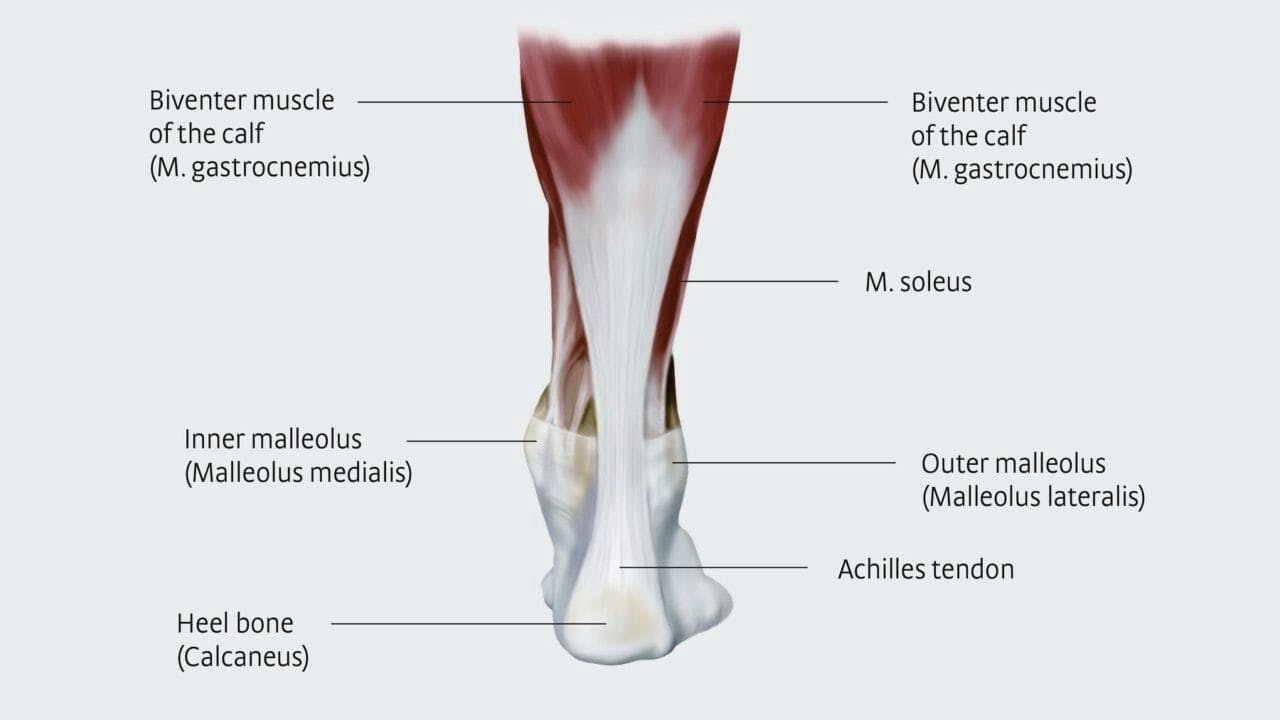Achilles’ Heel…Or Rather, His Tendon?

The injury you’ve probably heard of — rupturing the Achilles tendon. It’s an injury that plagues professional sports in all facets; no one is immune. Just last year, following the New Orleans Saint’s acquisition of former Dallas Cowboy star, Dez Bryant, the wide receiver would go on tear his Achilles in practice, his season over before it even began, from a non-contact injury.
In Baltimore, our players are no stranger to Achilles injuries: former Ravens linebacker (it really pains us to write “former”) Terrell Suggs tore his left Achilles in 2012 and then, three years later, tore his right Achilles in the 2015 season opener. Jimmy Smith also tore his Achilles in the 2017 — ending his season.
In the scheme of things, majority of these players ultimately return to the field. By way of medical intervention — surgery, or conservative care — we can assist their recovery. But it doesn’t change the fact that we’d like to prevent these injuries from happening at all.
It’s impossible to plan for contact injuries; they are, in most cases, freak accidents, and as much as we would like, we can’t always prevent them from happening. But non-contact injuries we can try to prevent. And, the best way to prevent injuries of this nature, is by proper conditioning and strengthening the muscles associated with these tendon tears.
What is the Achilles Tendon?
The Achilles tendon is located in the back of the leg; it’s the thickest and strongest tendon in the human body. It begins around the middle of the calf and serves to connect the plantaris, gastrocnemius and soleus muscles to the heel bone.1

The tendon can take force of up to 3.9 times body weight when walking and up to 7.7 times body weight in running!2
Who is at risk, and how can I prevent it?
The Achilles tendon is also the most commonly rupture tendon — with the incidence of ruptures being in the range of 5-10 per 100,000 people.3 Barring the obvious young athletes, the population most at risk for Achilles tendon injury are actually men in their 40s.4 Think of the weekend warrior type person — they’re trying to play a pickup game of basketball — and all of a sudden, they feel a pop in their lower leg.
Below, we’ve prepared a few exercises for conditioning: strengthening and recovery in the context of the achilles
Loaded Gastroc Stretch
Loaded Lunging
Plyometric Jumps
References
1. Functional anatomy of the Achilles tendon
2. Calcaneal loading during walking and running.
3. The incidence of Achilles tendon ruptures in Edmonton, Canada.
4. The epidemiology and trends in management of acute Achilles tendon ruptures in Ontario, Canada: a population-based study of 27 607 patients.
